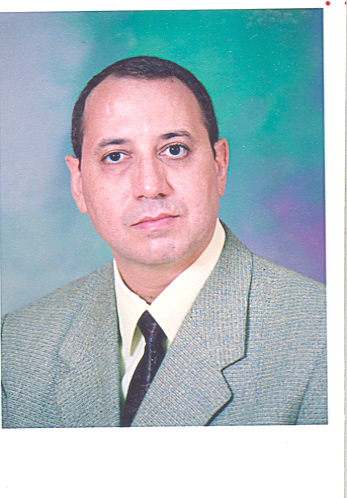Abstract
Introduction: Salivary gland cancer is a rare disease and comprises approximately 5 to 6 % of cancers of the head and neck and 0.3% of all cancers. These tumors display a diverse biological behaviors and clinical presentation. Currently, many series has described the site, size stage, the histology and grade of the tumours as important prognostic factors affecting the outcome.
Aim of the work: was to evaluate the presentations and management outcome of patients presented with salivary glands cancer in search of prognostic factors for locoregionl control, disease free survival and overall survival.
Materials and Methods: The records of all patients with malignant salivary gland tumors presenting for treatment at our institution between October 1997 and October 2002 were reviewed. Variables were collected and outcome measures were defined in terms of overall survival, disease-free survival, and loco regional, and distant control in 5 years follow up. Survival was described using the Kaplan-Meier method. Prognostic factors were identified.
Results: This study included 46 patients (24 males and 22 females) ranging in age from 22 years to 86 years with mean age of 53+_18 years.
The majority of tumors were located in the parotid gland (n = 28), with a significant minority in the minor salivary glands (n = 9). Mucoepidermoid carcinoma was the most common neoplasm (n = 20). More than two thirds of patients were stage III and 1V 31(67.5%). Approaching two thirds (63%) were treated with adjuvant external beam radiation therapy. Nineteen patients (41.3%) were immediately reconstructed at the time of ablation using local, regional and free vascularized flaps.
The disease-free survival and overall survival rate were 65.5% and 69.5%, at 5 years, respectively. We found that survival was significantly better in younger patients (P= 0.05), male patients (P =0.001) early stage ( P =0.001), patients with parotid cancer (P= 0.004), low/intermediate grade (P =0.0006) and patients who received postoperative adjuvant radiation (P = 0.003).
Conclusions: The majority of our patients presented in advanced stage, which necessitated aggressive surgical treatment. Postoperative adjunctive radiotherapy seems to play an important role in those patients. However, the benefits of combined modality therapy await prospective clinical trials. This study confirmed the contributions of age, sex, site, stage, and grade for locoregional control and survival.
Key words: salivary gland tumours, clinical presentation, management outcome, prognostic factors.

